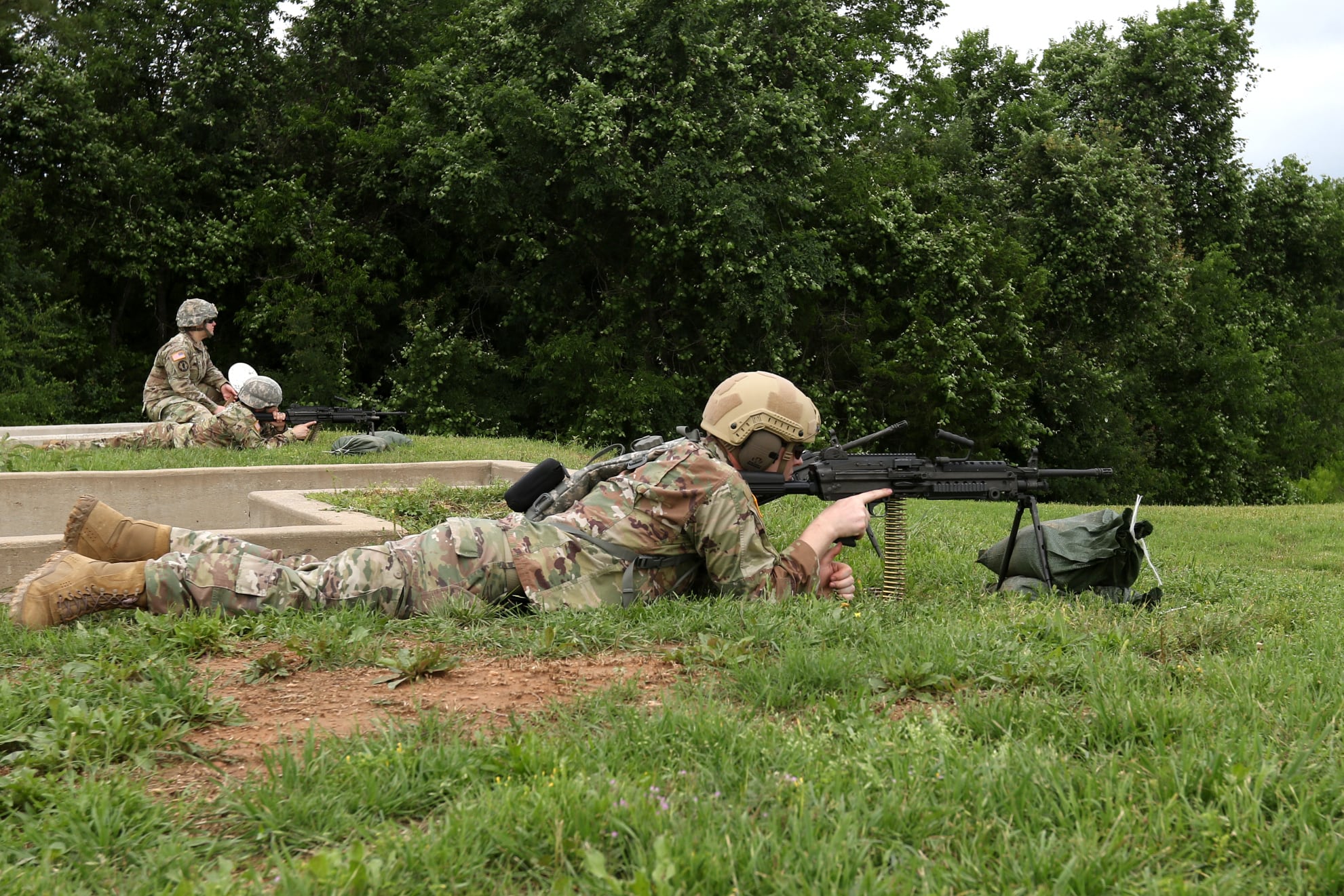Over the next year the Army’s new rifle marksmanship qualification standards are being rolled out across the force.
They’ll put soldiers to the test, cutting the time to shoot and increasing requirements to meet the expert standards. All of this while better simulating some of the features of more realistic combat shooting.
In July, the Army released “TC 3-20.40 Training and Qualification-Individual Weapons,” or “Dot-40,” that covers not just rifle and carbine marksmanship but also has new standards for pistol and other individual weapons.
The changes, along with a companion manual that updates crew served weapons work, are the biggest revamp to shooting since current system was established in 1956.
RELATED

As many as 200 marksmanship experts contributed to the two-year project, led by the Maneuver Center of Excellence’s Directorate of Training and Doctrine.
The training is broken down into six tables – preliminary marksmanship instruction and evaluation, pre-live fire simulation training, magazine and shooting position drills, grouping and zeroing, practice qualification and qualification.
Shooters will fire at night, also while wearing gas masks. And coaches will assess how they transition from station to station on their own while also changing magazines from their gear.
Previously, soldiers could stack magazines at the ready before firing.
Also, no more ‘alibis,’ meaning a reshoot on a part of the course of fire for a weapons malfunction. The soldier must simply clear the weapon and keep firing.
The new course added a standing firing position, shortened target exposure times and wants soldiers shooting from standing to prone, as they might if under attack.
To pass, soldiers will have to score 23 out of 40, make 23 to 29 for marksman, 30 to 35 for sharpshooter and 36 to 40 for expert.
Those parallel existing standards, but now to make expert soldiers must hit at least one of the five 300-meter exposures. Sharpshooters have to hit one target or more at the 250 meter range or farther.
Todd South has written about crime, courts, government and the military for multiple publications since 2004 and was named a 2014 Pulitzer finalist for a co-written project on witness intimidation. Todd is a Marine veteran of the Iraq War.





